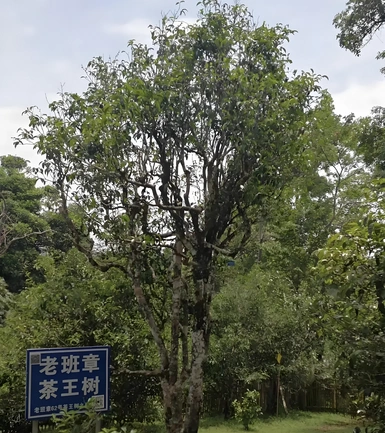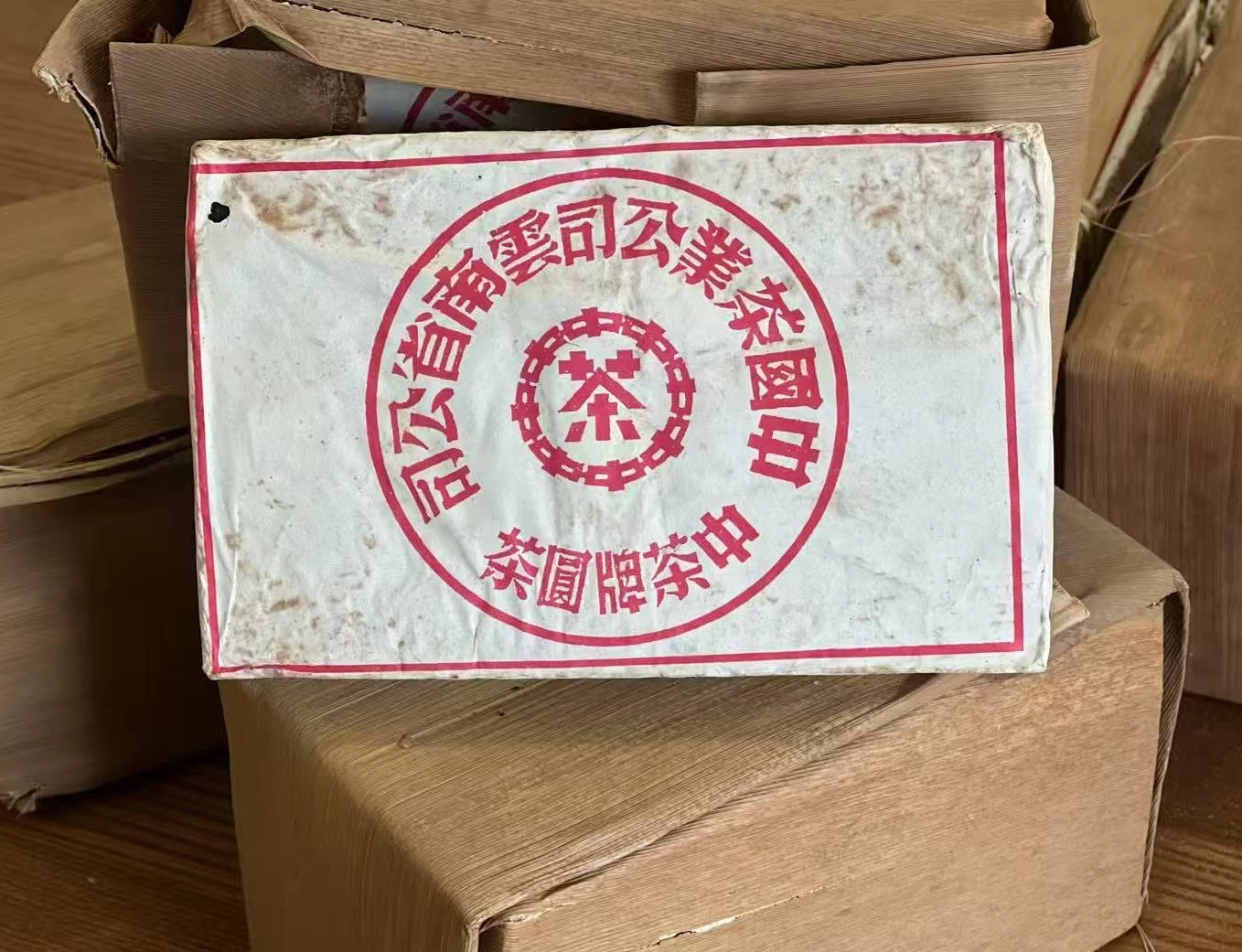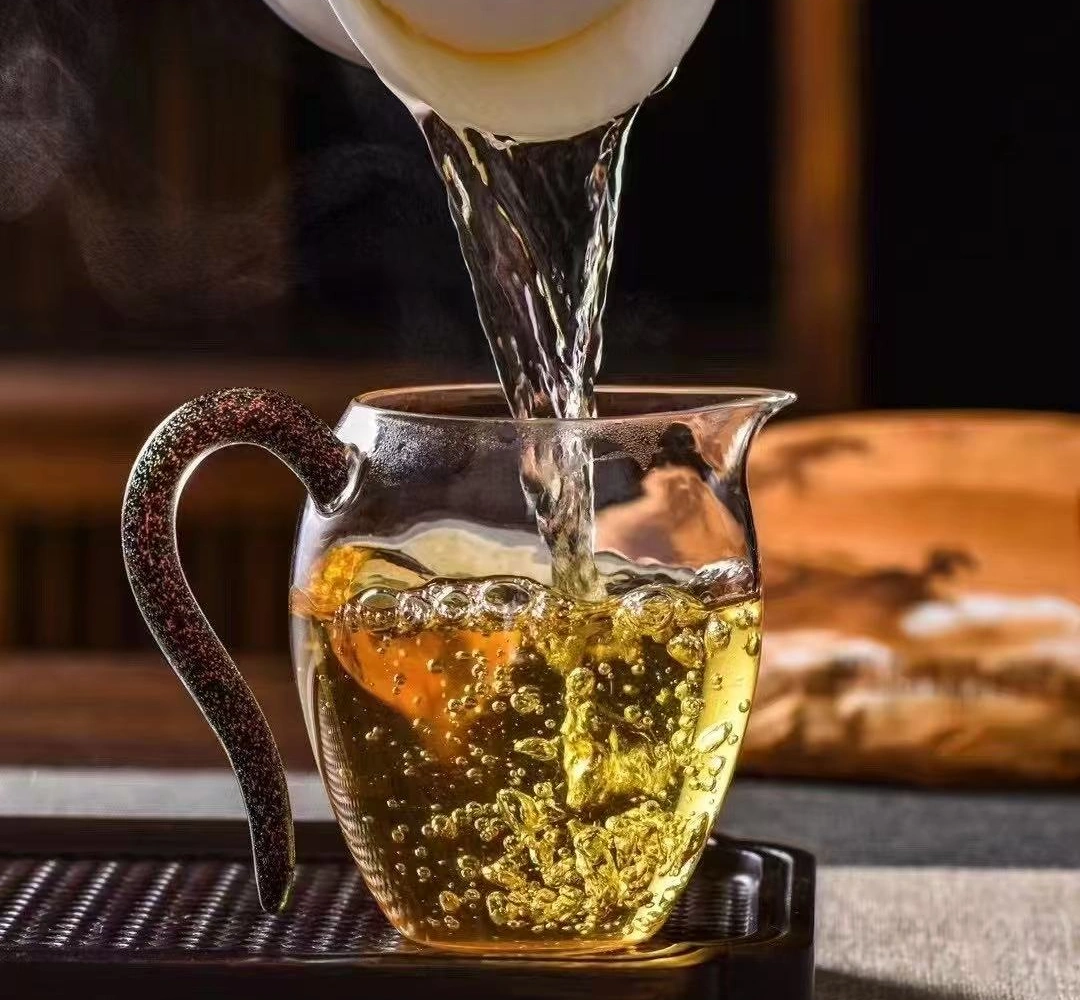Pu Erh tea beckons with an invitation to history, ritual, and profound flavor. From the moment steam rises from your teacup, you inhale a rich, earthy perfume that transports you to Yunnan’s misty mountains. Close your eyes and picture ancient tea trees, centuries-old fermentation cellars, and artisans gently hand-pressing leaves into cakes destined to age like fine wine. With each sip of pu erh tea, you experience a sensory journey—warmth on the tongue, velvet-smooth texture, and a lingering sweetness that unfolds like a story.
In this guide, we’ll explore what makes pu erh tea unique, its major varietals (including raw pu erh tea, ripe pu erh tea, and aged pu erh tea), its celebrated health benefits, and how to choose and brew it to perfection. Prepare to immerse yourself in the timeless world of Pu Erh.

What Is Pu Erh Tea?
Pu Erh tea is a rare, post-fermented tea originating in Yunnan Province, China. Unlike green or black teas, pu erh tea undergoes microbial fermentation and aging, which deepens its flavor and complexity over time. There are two main categories:
- Raw Pu Erh Tea (Sheng): Fresh leaves pressed and naturally aged. Young raw pu erh tea is brisk and floral; with years or decades of storage, it mellows into honeyed richness.
- Ripe Pu Erh Tea (Shu): Made by “wet piling” to accelerate fermentation, producing a smooth, chocolaty brew within months.
This unique process gives pu erh tea its signature dark liquor, earthy aroma, and the promise of evolving taste—qualities that have made it a treasured “living tea” among connoisseurs.
The Major Varietals of Pu Erh Tea
Yunnan Large-Leaf Raw Pu Erh Tea
The classic raw pu erh tea uses the wild Yunnan large-leaf varietal. Its initial infusions deliver bright notes of green almond and stone fruit, with a brisk astringency. Over dozens of years, these teas transform into velvety elixirs with dried fruit, molasses, and forest-floor aromas—true herbal poems crafted by time.
Ripe Pu Erh Tea Cakes
For those new to pu erh tea, ripe pu erh tea cakes offer immediate pleasure. The “wet piling” process softens harsh edges, yielding a velvet-smooth mouthfeel and flavors of dark chocolate, espresso, and subtle tobacco. Ripe pu erh tea is ideal for calming the stomach and soothing the spirit with each gentle sip.
Aged Pu Erh Tea
Few experiences compare to uncorking an aged pu erh tea cake. Five, ten, or even twenty-year vintages reveal layers of complexity: dried plum sweetness, cedarwood depth, and a honeyed finish so luxurious it feels like liquid gold. These aged treasures command respect—and the highest praise among the best pu erh tea selections.
Regional Highlights: Yiwu, Bulang, Menghai
- Yiwu Pu Erh Tea: Renowned for floral elegance and light honey notes, perfect for morning rituals.
- Bulang Mountain Pu Erh Tea: Bold, mineral-driven character with spicy undertones, grounding and warming.
- Menghai Pu Erh Tea: Home of the famous Dayi factory, producing balanced teas with sweet malt and leather hints.
Each region’s terroir and artisan traditions shape the sensory signature of its pu erh tea offerings.

Health Benefits of Pu Erh Tea
Digestive & Gut Support
One of the most celebrated pu erh tea benefits is its ability to soothe digestion. Fermentation cultivates beneficial microbes and enzymes that:
- Calm occasional bloating and indigestion
- Support nutrient absorption and gut flora balance
A post-meal cup of pu erh tea feels like a gentle embrace for your digestive system.
Metabolism & Weight Management
Integrating pu erh tea for weight loss diet plans taps into its natural metabolism-boosting properties. Compounds in pu erh tea:
- Enhance fat oxidation
- Gently elevate energy expenditure
Enjoying a cup before meals can help curb appetite and support sustainable weight management.
Antioxidant & Heart Health
Rich in polyphenols and theabrownins, pu erh tea delivers antioxidant power that:
- Neutralizes free radicals, protecting cells from oxidative stress
- Supports healthy cholesterol levels, promoting cardiovascular wellness
Regular sipping of pu erh tea can complement a heart-healthy lifestyle.
How to Choose Quality Pu Erh Tea
- Form: Cakes, Bricks, or Loose Leaf
- Cakes (Bingcha): Ideal for aging and gifting.
- Bricks (Zhuancha): Dense compression for long-term storage.
- Loose Leaf (Maocha): Fresh profiles, faster to appreciate young flavors.
- Origin & Age Labels
Seek clear markings of region (Yiwu, Bulang, Menghai) and harvest year. Well-documented aged pu erh tea provides consistent quality and predictable flavor evolution. - Leaf Appearance & Aroma
Choose intact leaves with golden or silver tips. A clean, earthy scent signals proper processing and storage; avoid musty or overly fermented odors. - Trusted Brands
Historic tea houses and reputable modern vendors guarantee authenticity—essential for true pu erh tea enjoyment.
Brewing Pu Erh Tea for Maximum Flavor
Rinse & Awaken Leaves
A quick 5–10 second rinse with near-boiling water removes dust and primes the leaves, paving the way for full flavor release.
Water Temperature & Steep Times
- Raw Pu Erh Tea: 95–100 °C; start with a 10–15 second infusion, gradually increasing to 30 seconds over 8–15 steeps.
- Ripe Pu Erh Tea: 95–100 °C; first steep 20–30 seconds, extending by 10 seconds for 6–10 infusions.
Gongfu-Style vs. Western-Style Brewing
- Gongfu-Style: High leaf-to-water ratio in a gaiwan or Yixing pot, multiple short infusions unveil nuanced layers—ideal for aged pu erh tea.
- Western-Style: One teaspoon per cup, 3–5 minute single steep—perfect for daily convenience and quick enjoyment.

🔗 For more tea brewing methods, check out the YouTube video explaining the brewing methods.
Aged vs. Fresh Pu Erh Tea
- Fresh Raw Pu Erh: Crisp, floral, evolving—best for explorers curious about tea’s living nature.
- Fresh Ripe Pu Erh: Smooth, chocolaty, comforting—ready to drink the moment you brew.
- Aged Pu Erh Tea: Matured complexity with deep sweetness and silky texture—reserved for special moments and collectors.
Knowing when to enjoy each type ensures you experience pu erh tea at its best.
FAQs About Pu Erh Tea
- How long can I steep Pu Erh tea?
Gongfu infusions can extend to 8–15 steeps; Western-style is best at 3–5 minutes. - Is Pu Erh tea safe daily?
Yes—2–4 cups per day provide benefits without overconsumption, depending on caffeine tolerance. - Which type is best for beginners?
Start with ripe pu erh tea for its smooth, forgiving profile, then explore raw and aged varieties.
Conclusion: Embrace Pu Erh Tea in Your Life
From its origins in Yunnan’s ancient forests to the modern tea table, pu erh tea stands as a testament to tradition, time, and taste. Whether you’re drawn to the bright vitality of raw pu erh tea, the comfort of ripe pu erh tea, or the sublime depth of aged pu erh tea, there’s a cup waiting to tell its story. Follow the steps in this guide—choose quality leaves, brew mindfully, and savor each moment—and let pu erh tea enrich your daily rituals with its timeless allure.



